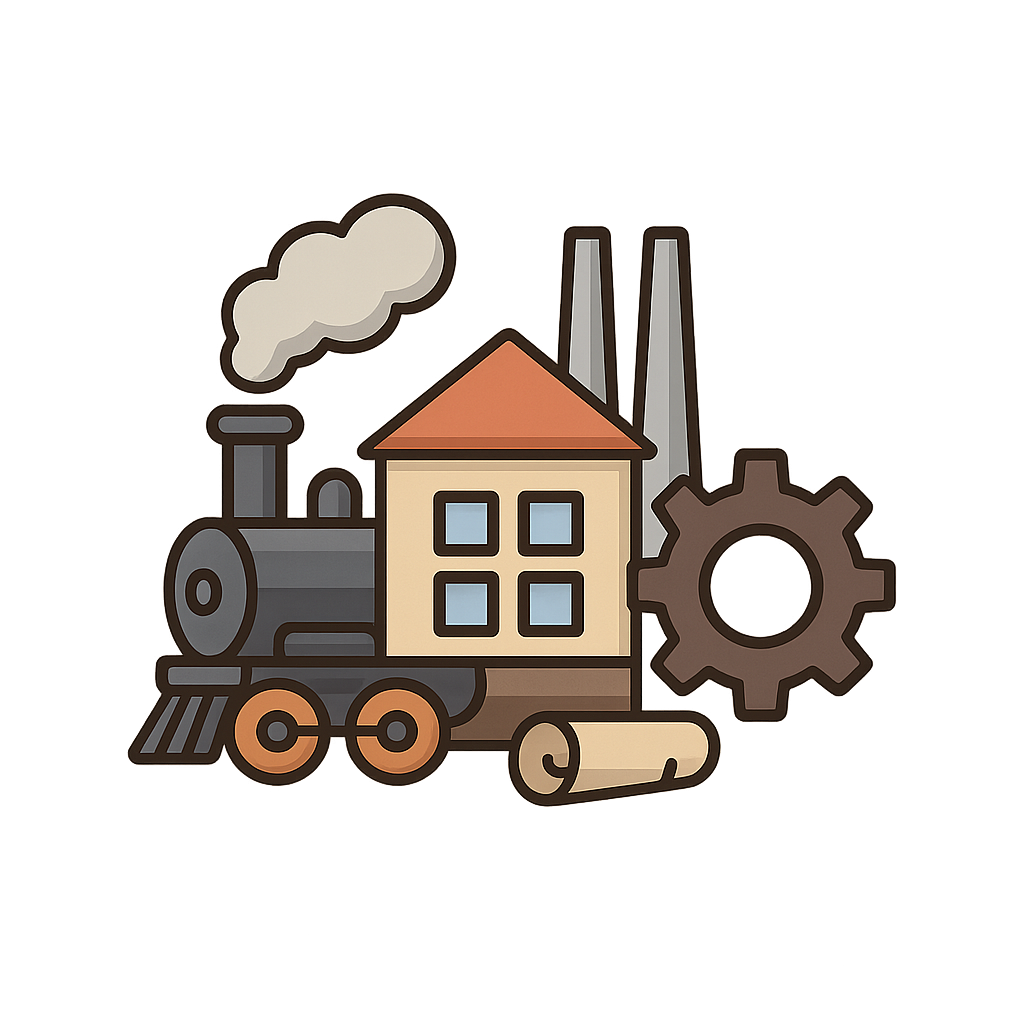James Watt and the Power of Steam
Hello there. My name is James Watt, and I want to tell you about a time my curiosity changed the world. It all started when I was just a boy, not much older than you are now. I would sit for hours in my aunt’s kitchen, completely mesmerized by her tea kettle. As the water boiled, the lid would begin to rattle and dance. A little puff of white steam would shoot from the spout with a hiss, pushing its way out with surprising strength. I watched that heavy iron lid lift right up and I thought, what a powerful force. If that little bit of steam can lift a heavy lid, what else could it do? In those days, back in the 1700s, almost everything was done by the strength of people or animals. We had water wheels to grind flour and windmills to pump water, but I always felt there was a hidden power just waiting to be unlocked, a power I first saw in that simple tea kettle.
When I grew up, I became an instrument maker at the University of Glasgow. There were already some steam engines around, but they were like clumsy, huffing giants. The most common one was called the Newcomen engine. It was used to pump water out of deep mines, but it was terribly slow and wasted so much energy. Imagine having a giant metal cylinder that you had to make very hot with steam, and then immediately spray with cold water to cool it down, just for one single pump. It was like trying to run a race by taking one step forward and then stopping to rest for a minute. It worked, but it was not very good. I spent a lot of time thinking about this problem. Then, one Sunday afternoon in 1765, while I was taking a walk on a grassy field called Glasgow Green, the answer suddenly popped into my head. It was a true 'eureka' moment. What if I cooled the steam in a separate box, away from the main cylinder? That way, the cylinder could stay hot all the time. It was such a simple idea, but I knew it would change everything.
Having a brilliant idea is one thing, but building it is another challenge altogether. I spent years trying to create a working model. My first attempts were clumsy, and it was incredibly difficult to make the parts fit together perfectly. The smallest leak would ruin the whole process. I nearly gave up, but I couldn't let my idea go. Thankfully, I met a wonderful man named Matthew Boulton. He was a clever businessman and a brilliant manufacturer who owned a large factory. He saw the potential in my design and believed in me. We became partners, and together, we finally built our engine. Our Boulton & Watt steam engine was amazing. It used only a quarter of the fuel of the old engines and was much more powerful. I will never forget the thrill of seeing it in action for the first time, its great arm moving smoothly and powerfully, pumping gallons of water from a mine faster than anyone had ever seen. Soon our engines weren't just in mines; they were powering spinning machines and looms in new factories, making cloth for everyone.
Looking back, it’s incredible to think how much that one idea, born from watching a tea kettle, changed the world. Our steam engine became the heart of what people now call the Industrial Revolution. It gave people the power to build and create things on a scale never imagined. Soon, steam was powering trains that chugged across the countryside, connecting towns and cities. Steamships were crossing vast oceans, carrying goods and people to new lands. It all started with a simple question about a puff of steam. So, I hope you remember my story. Always stay curious, always ask questions, and never give up on an idea that you believe in. You never know when your own 'what if?' might be the one that changes the world for the better.
Reading Comprehension Questions
Click to see answer
